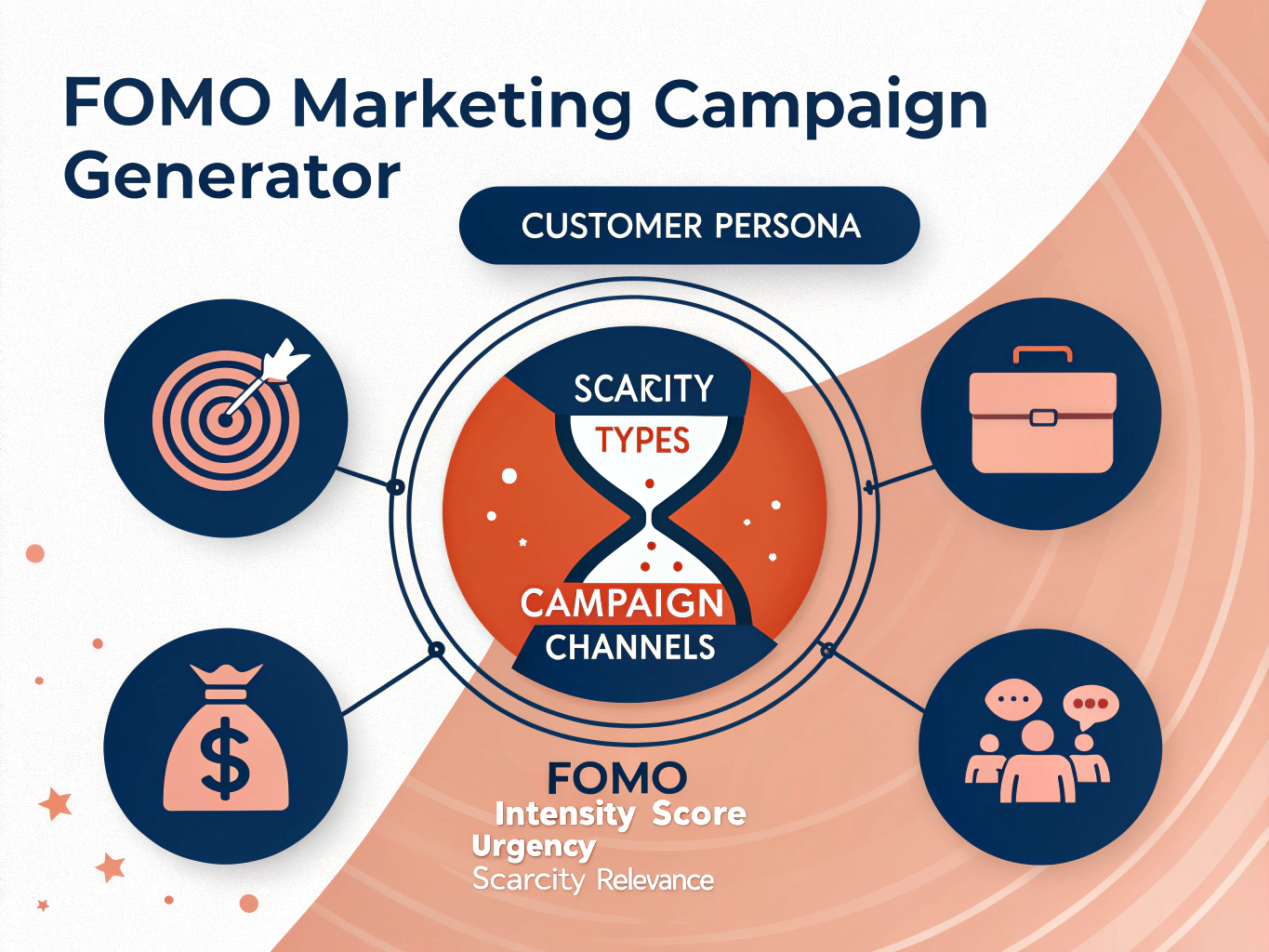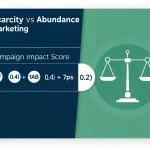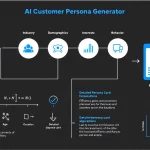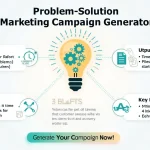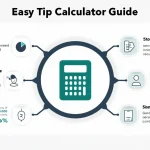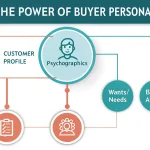Is this tool helpful?
How to Use the FOMO Marketing Campaign Generator Effectively
To create a targeted scarcity-driven marketing campaign, follow these guidelines for each input field in the generator:
- Ideal Customer Persona: Provide a clear and specific description of your target audience. Example 1: “Tech-savvy college students ages 18-24, primarily in urban areas, interested in affordable gadgets and gaming accessories.” Example 2: “Parents of toddlers aged 2-4, living in suburban neighborhoods, seeking organic and eco-friendly baby products.”
- Product or Service Details: Explain what you offer, highlighting key features or benefits. Example 1: “Compact wireless earbuds with noise cancellation, 24-hour battery life, and sweat-resistant design for active lifestyles.” Example 2: “Customized career coaching sessions including resume review, interview prep, and personalized job search strategies.”
- Scarcity Type: Select the urgency element that suits your campaign goals. Example 1: “Flash sale – 48 hours only” Example 2: “Exclusive member-only preview with limited spots available”
- Call-to-Action: Use clear, action-oriented language that encourages immediate response. Example 1: “Claim Your Discount Now” Example 2: “Join the Waitlist Today”
- Marketing Channel (Optional): Specify where you plan to promote your campaign for better targeting. Example 1: “LinkedIn sponsored posts + email newsletter” Example 2: “Pinterest pins + blog sidebar banners”
Understanding the FOMO Marketing Campaign Generator
The FOMO Marketing Campaign Generator helps you build urgency-driven messages based on psychological principles of scarcity and Fear of Missing Out (FOMO). This tool simplifies crafting compelling marketing campaigns that prompt your audience to act quickly.
By combining your inputs with proven marketing frameworks, the generator creates personalized campaign messages designed to boost conversion rates and engagement.
Key Benefits of Using the Tool
- Increase Conversion Rates: Scarcity-focused campaigns typically convert 40-200% better.
- Save Time: Automate campaign messaging rather than writing from scratch.
- Customize Easily: Tailor your campaigns to specific audiences and channels.
- Optimize Performance: Use the tool’s suggestions to improve campaign timing and urgency.
Practical Use Cases
This tool suits various campaign types where urgency or exclusivity drives action, including flash sales, product launches, limited-time offers, and exclusive access events.
- Example 1: E-commerce Special Offer
Target customers looking for eco-friendly home goods with a “Weekend-only 20% off” promotion. - Example 2: Online Course Enrollment
Market limited seats with a call-to-action like “Secure Your Spot Before Enrollment Closes”.
Applying Scarcity Formulas to Your Campaigns
While the generator automates message creation, understanding the underlying concepts can strengthen your strategy.
You can measure campaign impact by tracking how scarcity increases conversion rates based on this formula:
$$ \text{Conversion Rate Impact} = \left(\frac{\text{Scarcity Campaign Conversion Rate} – \text{Baseline Conversion Rate}}{\text{Baseline Conversion Rate}}\right) \times 100 $$The intensity of your FOMO effect combines urgency, scarcity, and audience relevance:
$$ \text{FOMO Intensity Score} = \text{Urgency Level} \times \text{Scarcity Level} \times \text{Audience Relevance} $$Tips for Running Successful Scarcity Campaigns
- Choose Scarcity Types That Fit Your Offer: Limited quantity works well for physical products, while limited time suits service launches.
- Be Clear and Authentic: Communicate genuine scarcity to maintain customer trust.
- Align Messaging to Channels: Tailor your language for social media, email, or web banners accordingly.
- Monitor Key Metrics: Track conversion rate, order value, engagement, and campaign ROI.
- Provide Enough Decision Time: Adjust campaign length based on product price and complexity (e.g., 7-14 days for high-value items, 24-48 hours for flash sales).
Frequently Asked Questions
What defines an effective scarcity campaign?
Effective campaigns combine true scarcity with relevant, clear messaging that speaks to your specific audience’s needs and desires.
Can I use multiple scarcity types in one campaign?
Yes. Combining limited time and limited quantity scarcity often boosts urgency and improves results.
How often should I run scarcity campaigns?
Space them strategically to avoid customer fatigue and protect credibility. Base frequency on your product lifecycle and customer purchasing habits.
How do I measure the success of my scarcity campaign?
Track metrics such as conversion rate improvements, engagement levels, average order value, and revenue generated during the campaign period.
Should I adjust messaging for different marketing channels?
Yes. Adapt tone and format to match the expectations and behavior of users on each platform while keeping the core scarcity message consistent.
How can I ensure my scarcity campaign feels authentic?
Base campaigns on real limitations or exclusive offers. Be transparent about availability and deliver substantial value to maintain trust.
Important Disclaimer
The calculations, results, and content provided by our tools are not guaranteed to be accurate, complete, or reliable. Users are responsible for verifying and interpreting the results. Our content and tools may contain errors, biases, or inconsistencies. We reserve the right to save inputs and outputs from our tools for the purposes of error debugging, bias identification, and performance improvement. External companies providing AI models used in our tools may also save and process data in accordance with their own policies. By using our tools, you consent to this data collection and processing. We reserve the right to limit the usage of our tools based on current usability factors. By using our tools, you acknowledge that you have read, understood, and agreed to this disclaimer. You accept the inherent risks and limitations associated with the use of our tools and services.
